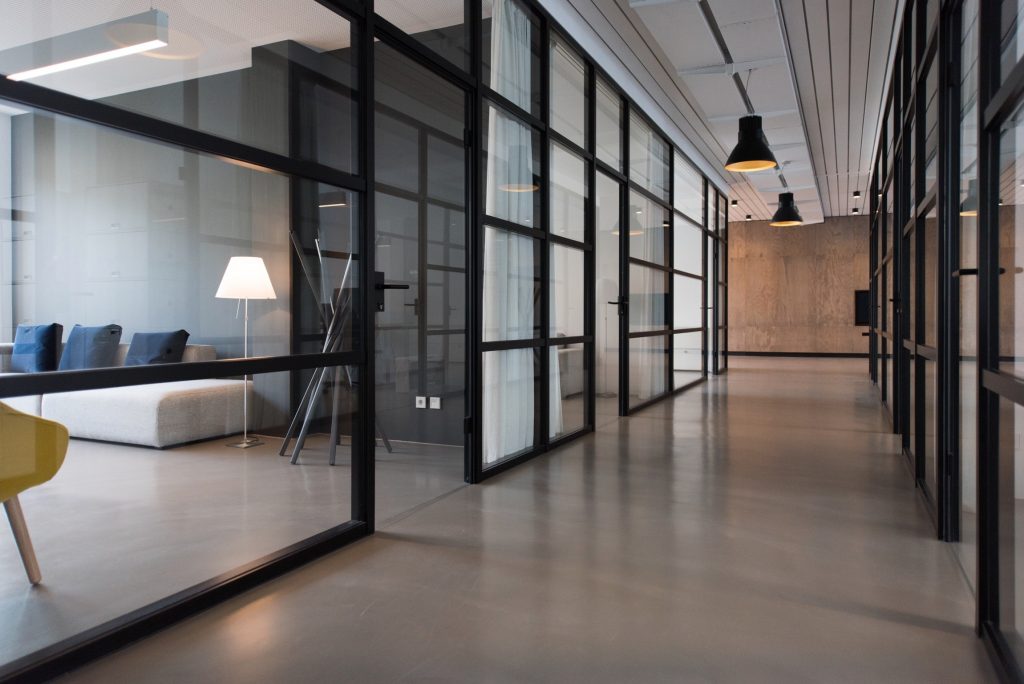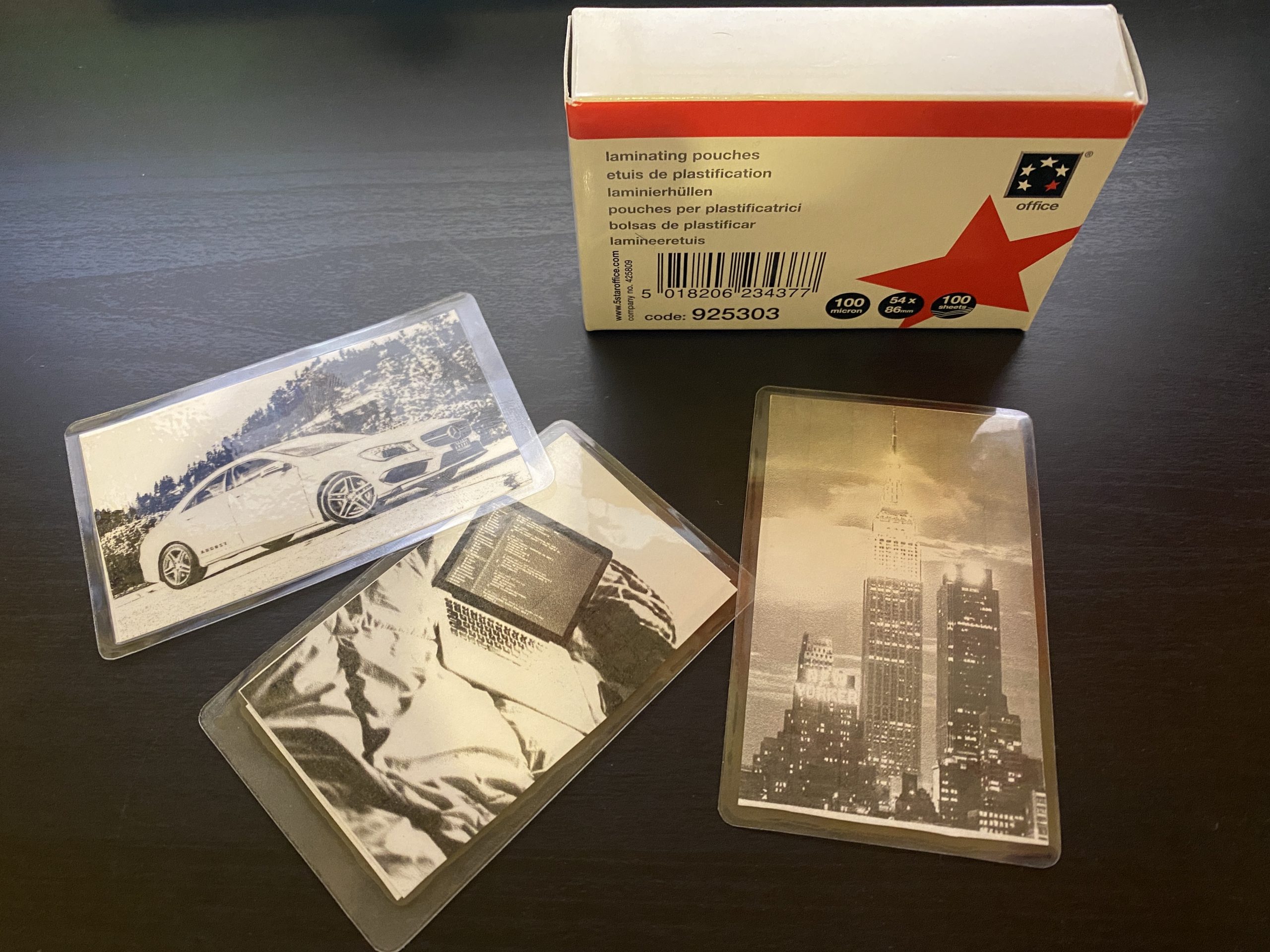Having a clear understanding of what you want from your business once it’s up and running, particularly while it’s growing is crucial. Over the years I have constantly met founders who have started businesses that require them to spend their days in a routine that they hate. This isn’t only important from the perspective of knowing that you need to keep working in hard times, but also important when you consider that if things go well, you will need to keep doing the things you hate for the business to sustain, talk less of growing.
I want to be clear, all businesses will include aspects that you won’t enjoy. You might be an introvert, but you’ll have to sell. You might like human interaction but will have to spend countless hours doing admin and accounts for years to come. I believe you can automate and outsource everything (let’s face it, many of the Johnson & Johnson family can’t do any of the jobs in their business so they pay others to do the work), that being said, you are probably intending on building a single or portfolio of micro-digital businesses. If this is a case, you will have to do much of the work yourself, at least at the beginning.
Think about it, if you want to travel the world with minimal resources, is it wise to start a service business that requires your customers to visit a well resourced location? For example, if you start a Printing company, you probably need to have expensive machinery on site, with skilled staff to use it. While this blog is about digital businesses, some businesses come with less than obvious requirements. Are you willing to build software and talk to customers to drive sales and manage support? …for many of you, I’d imagine you’d wand to build one of these businesses so you can cut down on talking with customers.
With this in mind, it’s worth mapping out your ideal average day which you can then use to guide you in forming a criteria for your ideal project. If you haven’t created an ideal average day, I would suggest you do this first.
Mapping out your ideal average day
I can’t remember where I learned of this idea, but it’s one of the most valuable ideas I have come across.
It’s simple, all you have to do is sit back and list all of the things you would do on an average day if your life was exactly where you’d want it to be.
Remember, this isn’t “What I will buy once I am rich”, this is not about a one off event. This is about building a routine that would be great for you and your business. For example, it sounds weird, but when I built my first totally automated business, it never occurred to me just how much free time I would have and that I couldn’t fill it by spending time with my friends because they were at work. It sounds stupid, but it genuinely never occurred to me and turned out to be a massive issue for me. Not to mention the coutless founders I have met who realised that they hate running teams, but it’s too late once they have taken on Venture Capital, so I encourage everyone to start here on their entrepreneurial journey.
Be as detailed as possible
The aim with this project is to be as detailed as possible. All of the things you will need to build and exclude from your life will be affected by this this vision. The more detail you have, the easier it becomes to make decisions. If you know that your ideal average day starts off by watching the sunrise over the sea before you go surfing, you probably can’t live in London.
Be selfish & honest
Answer them for yourself, not what others (friends or your wider community), would want you to say. This is for you and you alone. While I have shared mine with others, I am not encouraging you to do so. This is a personal document for personal use, so don’t feel worried or concerned by the idea that others my stumble across it at this point.
Being honest is key to this. For example, if you don’t want to spend your time helping sick children or animals, that’s totally fine. Your contribution to society can come from other things (ideally, one being your business, but more on this later.)
Right now, all you have to do is create a limitless list of fun and engaging experiences tailored to you.
How to get started
Getting started can be a little tricky, most people have never been asked this question so might defalut to a shopping list influenced by GQ or a celebrity Instagram. That’s fine, start there if it works for you, you can tailor the list to you over time. Costs should not be considered and nothing is too crazy at this point.
Personally, I have found opening a notebook or blank page in your notes app / journal, then answering the following questions, being a great place for myself and others to be a great place to start:
- What would you like to see as soon as you wake up?
- Who would you like to wake up to?
- What do you value?
- What do you value most in a partner?
- How do you want to feel when you wake up?
- Who would you like to work with?
- What verity of things would you like to do in your working day?
- Where would you be geographically ?
- How would your partner fit into the routine?
- How would your friends & family fit into your routine?
- What do you value most with regards to friends and family?
- How much would it cost to live where you want to live?
- How would your hobbies fit into your routine?
- What would you enjoy spending money on?
- How would your income generation fit into your routine?
- What kinds of customers do you want to support?
- How will you be aware of external changes that might influence your business?
- How much time / resources are you expecting your business to need from you personally?
- What skillsets would a team you can rely on to run your business, need?
Turn the list into a first hand account
Once you’ve got the list above answered, you should write out your Ideal Average Day as though it’s a first hand account being told as a matter of fact to someone.
Ideally, you want to have a one pager that talks through your ideal average day in such a way that a stranger would picture it as a movie scene in their mind as you go through each sentence:
I typically start my day getting waking up late, like 9am to my wife. We like to sleep in and for the sun to be beaming down on us through the large windows, before we get out of bed. It’s refreshing to see the light bounce off the floor onto the high ceiling.
After a hot shower, I normally head downstairs to have a cooked breakfast with the whole family including the dogs…
While fitting it onto a single page is ideal, don’t sacrifice detail for this ascetic. Just know it needs to be more than a paragraph about how much you like travelling.
Get that added level of clarity
For an added level of clarity, running each of your answers to the above while asking yourself the following is important:
- Is this something I truly want or something that others want?
- Why do I want this? How would it make me feel?
- Was I too scared to say what I really wanted?
- Am I aware of all of the options I could be choosing from for better or worse?
- Is this a healthy and engaging routine to maintain over long periods of time?
- …would people who you respect agree?
I believe this is a key part of the exercise because many people realise key things that aren’t obvious on day one. For example, I realised that I value my time and, the freedom to explore / learn very above almost anything else, but I would hate the digital nomad lifestyle. I would hate it because I value having a tight connection to a small group of people more than meeting new people and discovering new cultures. So, I highly recommend not skipping this step.
Review your one-pager and highlight key aspects
The next step is to review all of the things in your one pager. Go back and think about the implications of each sentence. For example…
I typically start my day getting waking up late, like 9am to my wife.
This single line suggests multiple things…
- You can’t have a job that needs you to be on site by 9am, away from your wife
- You’re not going to be in traffic or, answering Customer Service Emails at 6am
- You need a wife …or a husband, maybe just a long term partner
- You need a room, potentially in a house with a bed in it – do you need to own the house?
- If you are waking up in a large room with high ceilings in a major city you might need a significant income
- You need work out how to make a significant income without working 9am – 5pm
Now, ask yourself – does this all add up?
Once this your Ideal Average Day is documented, every time you look at a business opportunity, one of the first things you should do is, evaluate how running the business will develop or take away from your ideal average day and, for how long.
First, you should know that this is an on-going process. What you might want today could change in a month or year from now, that’s totally fine. You should use this exercise to understand what you really want, it’s not for any other purpose so if what you want changes, change your description of your IAD.
This is part of setting clear goals.
Doing this will help you set clear goals that will resonate with you and help you to create goals and objectives which you’ll hold yourself accountable to.
Now for actually putting pen to paper…
At a high-level, the process of creating your ideal average day should look something like:
- Brainstorm
- Open up a notebook or a new word document on your computer
- Simply write down all of the things you enjoy. At this point it’s just a brain dump of all the things you’d like to own, achieve or experience.
- Map out the day
- Next, create a table on another page or in Excel with 2 columns; ‘Time’ and ‘Activity’
- Divide the rows into hour increments in the first column starting with 5 am until you have a full day mapped out
- Add the ideas noted in your brainstorm into the hours
- Create a narrative
- Turn the time-table into a description of your day
Tips for brainstorming
- What would you like to do during the day while your friends are at work?
- What kind of room would you wake up in?
- Who would you wake up next to?
- Will you have kids? Where would they be?
- What kind of income would be needed to maintain your lifestyle?
- Where would you like to live?
- What kind of home would you live in? Apartment in the city or house in the country? Both?
- Who would you live with?
- What would your partner enjoy doing daily?
- What do you value? Personal connections, time, money…? how can you factor these in?
Thoughts on mapping out your day
At this point, you’re trying to see how things would fit into the day. Equally you could be doing this for the week. Maybe you’d be at work during the week and with your family evenings and weekends.
Next you should break down your ideal average day into prioritised objectives with timelines.





